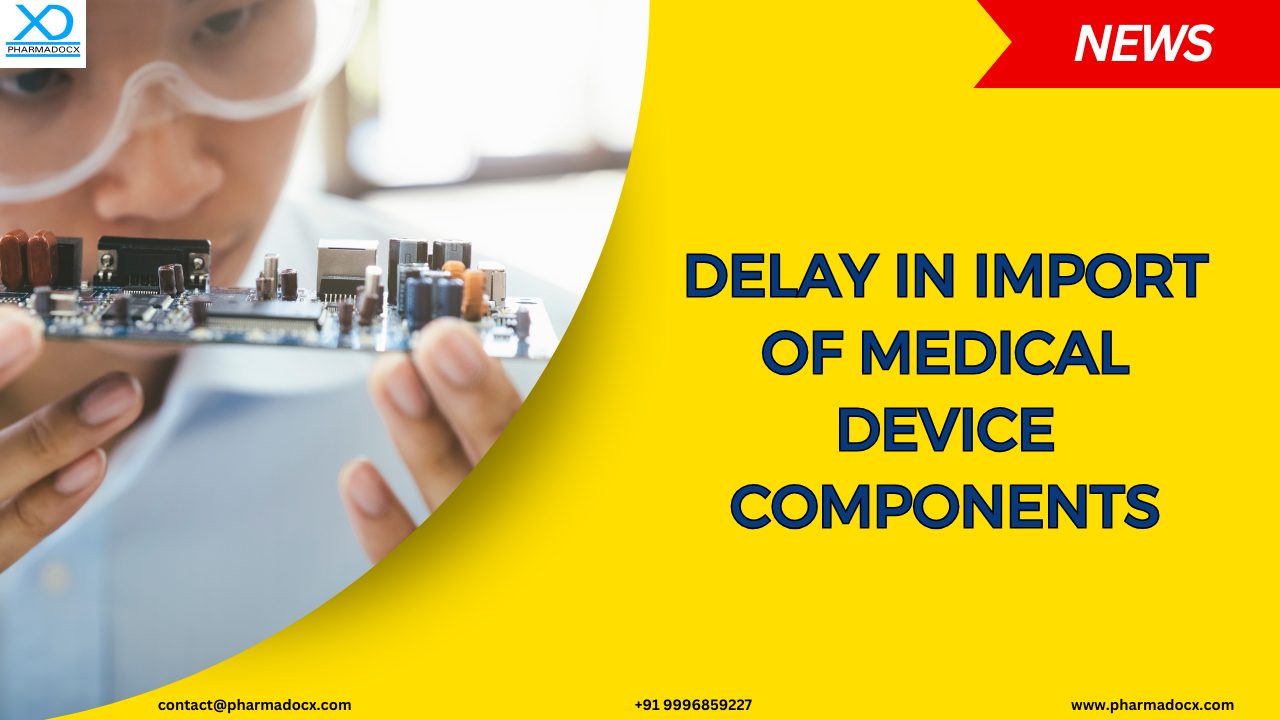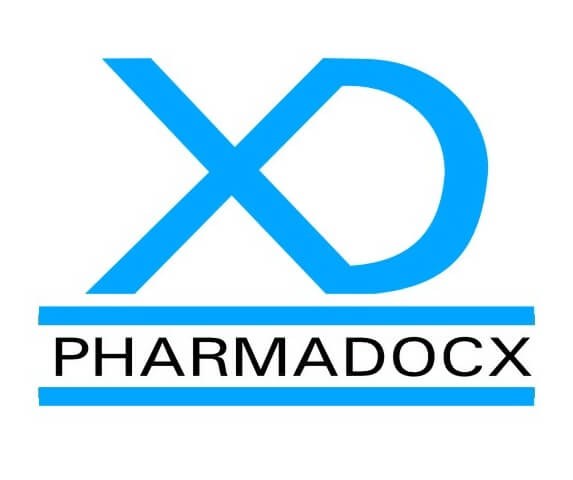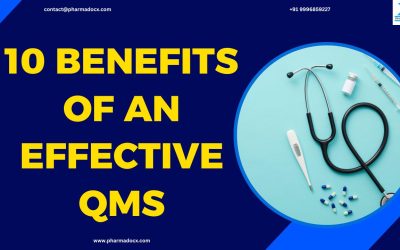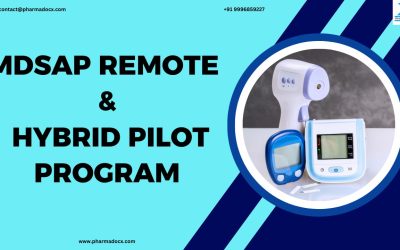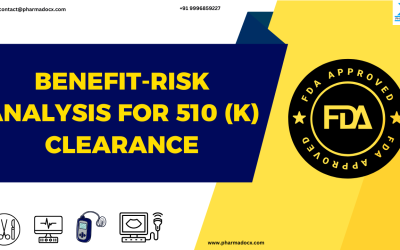India is aiming to locally manufacture and assemble medical devices. Various components and parts have to be imported to manufacture life-saving medical devices. However, while importing medical device components and essential parts, medical device manufacturers are facing several setbacks. Delays in import of medical device components are derailing India’s medical device production goals.
Delay in import of medical device components: A setback for Indian medical device industry
Delays in clearing imports of essential medical device components are causing significant disruptions to the Indian medical device manufacturing industry. Currently, medical device production delays are exceeding 3 months. This is resulting in missed product delivery deadlines, thereby restricting the availability of vital and life-saving medical devices. Hence, delay in import of medical device components is affecting both the medical device and healthcare industry. The regulatory bottleneck is proving to be challenging for the industry.
Despite complying with all regulatory requirements, class C and D medical device manufacturers are facing unexpected hurdles. Class C and D medical device manufacturers having MD-9 license for manufacturing these categories of devices are facing demands for additional MD-14 import licenses while attempting to import device components. Medical device manufacturers are arguing MD-9 license should be sufficient for importing components, as they are vital for device assembly. These components can never function as standalone devices. Hence, a separate import license for critical device components or parts should not be required. Manufacturers have flagged that even for importing components, such as flat panel detectors (FPDs), MD-14 license is being demanded. These import policy discrepancies are hindering the production of life saving medical devices.
Therefore, medical device manufacturers have requested the government to intervene. They want a streamlined process for importing medical device essential parts and components to avoid further setbacks in production.
Medical device manufacturers have proposed the following recommendations
- Importing components on MD-9 license: Permission to import medical device components under MD-9 until long-term solutions are put into practise.
- Improved coordination among departments: Establish a fast-track customs clearance process. Additionally, a centralized grievance system should be established to effectively resolve disputes.
- Clarify license scope and policy guidelines: Clarify the scope of MD-9 license. Clearly differentiate between guidelines for manufacturing components and fully assembled devices.
Government clarification for discrepancies in clearing medical device imports
According to government officials, the regulations for importing medical device components and parts are clear. These regulations have been formulated per international standards. Major components or parts, such as flat panel detectors, used to manufacture medical devices impact device performance and safety. Hence, strict import scrutiny under MD-14 licenses is required. This is required to avoid random imports that were affecting device quality. Thus, regulations are in place to ensure quality control of medical device components by verifying their source and quality. Therefore, the regulatory body’s main emphasis is quality even for medical device components.
We at Pharmadocx Consultants can help you easily secure CDSCO import license and MD 9 license. To avoid delays in import of medical device components, simply send your requirements to [email protected] or call/Whatsapp on 9996859227.

